There is no doubt about the importance of keyword research even in today’s search engine landscape.
Targeting keywords can have a big impact on your search engine optimization and organic traffic.
But it’s also time-consuming, painful, and often futile.
You could find yourself wasting hours upon hours trying to find the right long-tail keywords to target.
Top-performing industry sites dominate most of the popular, high-volume keywords.
That means that you have almost no chance to rank for them.
So, you turn to long-tail keywords. But those often take hours to find.
By then, you could have written two pieces of content, doubling your impact on traffic with more indexed pages.
If you want to maximize your efficiency, you need to 80/20 your keyword research.
There’s no reason to still be using spreadsheets to analyze thousands of keywords anymore.
In fact, there are a few ways to find keywords in minutes, eliminating the need for intense analysis.
Ranking on Google today is all about content.
The more content you can create, the more opportunities you have to rank for organic terms.
So, how do you do keyword research without opening a single spreadsheet?
Here’s the 80/20 guide and how to get started today.
What the 80/20 principle is and why it matters
If you aren’t familiar with the 80/20 principle, let me give you some basic background.
The 80/20 rule, also known as the law of the vital few or the Pareto principle, is as follows:
80% of the impact comes from 20% of the causes.
That means that a small portion of your efforts will produce a major portion of your results.
Think about it like going to a gym, trying to add muscle to your body:
Major exercises that tax your entire body and require maximum effort are going to take up less time in your training, but they will have the biggest impact on your growth.
So 20% of your workout being major compound exercises is going to drive 80% of your results. All of the rest of the work is just supplementary.
An Italian economist named Vilfredo Pareto developed this principle in 1896. He showed that about 20% of the population in Italy owned 80% of the land.
He also showed that 20% of the peapods in his garden produced 80% of the peas.
Applying this rule to any marketing strategy is critical.
If it’s taking you 100 hours to do keyword research every month, yet it only allows you to produce 5 pieces of content a month, you probably aren’t following the principle.
If you’re spending 10 hours a month on keywords and producing 25 posts a month, driving way more traffic with more indexed content, you likely are following the principle.
The goal here is to focus on the big-impact stuff that produces 80% of your results.
Oftentimes, using spreadsheets and analyzing data isn’t going to produce your big results.
Producing real content is what will bring the results.
You still need keywords to go along with it, but that shouldn’t come at the sacrifice of content quality and frequency.
Here’s how to insert the 80/20 principle into your keyword research and content strategy.
Scan top industry blogs for category keywords
Look, I get it. Keyword research is probably the bane of your existence when you look at the time it takes vs. the impact that it has in the end.
Most time spent on keyword research is a waste of potential.
One of my favorite ways to get top keywords in just minutes without using a spreadsheet and analyzing data is to simply scan the top industry blogs for category-based keywords.
For example, when you navigate to some blogs, you’ll see categories of content, like on Search Engine Journal:
Notice that they’ve got a few primary categories:
SEO, News, PPC, Content, Social, and Advertising.
Under these top categories, they get even more specific with content like:
Content marketing guide, local search, and complete SEO guide.
These are literally keywords that are already crafted and curated for you!
On top of that, most sites will have a popular section that outlines their most popular content for you:
You don’t have to do any work to know that these topics are valuable keywords with a large enough volume to make them worth your time.
Follow the next step to take this even further.
Check for top content on BuzzSumo
Once you’ve explored a few of the top sites in your industry for blog content, you can then head over to BuzzSumo to explore what content is most popular.
This will give you an idea of what people in your niche care about the most.
You can discover the topics that they are showing the most interest in by checking out the forms of engagement and social shares.
BuzzSumo is great for this because it will pull up the most popular content from a given site for free.
Head to BuzzSumo and search for a blog site in your industry:
BuzzSumo will scan the site and find the most popular and most-shared content:
From here, all you have to do is take inspiration and explore the shared content.
Do you see a topic that you know you can write about? Are there any that you feel like you’re an expert on?
If so, take the topic and run with it.
For example, 101 Quick & Actionable SEO Tips That Are Huge probably is using “SEO tips” as their keyword.
Simply restructure the post to fit your own style and goals, and make sure to use that keyword.
You can even see who gave a backlink to that post to get an idea of which influencers or sites to mention:
Over time, you can improve this post and see big amounts of traffic if you’re willing to put in the time and effort to share it and start backlink campaigns for it.
Explore your own content ideas on Google
Keyword research is great. But what I am about to say might shock you:
It pigeonholes you into a box that becomes dangerous for your business.
Let me explain.
When you do keyword research, you need to create content around that keyword.
But top sites already dominate most of the top keywords.
For example, a simple search for “content marketing” has a super competitive SERP:
And oftentimes, keywords that you find are on specific, long-tail topics that lock you into a box.
You often have to adjust your content to fit the keyword instead of writing about topics that you’re an expert on.
The best way to combat this is by choosing which topics you are an expert on before doing keyword research, and then using Google to get ideas.
To start, Google search for the topic that you want to write about:
You should quickly see the box of questions on a given search:
The “People also ask” box is great for getting even deeper ideas than your general topic.
Every time you click on a question, it generates even more questions related to the one you clicked:
Instead of sifting around a keyword research tool for hours, you get tons of detailed content ideas and common questions that people ask.
This can instantly provide a structure for your content, giving an idea of which terms you can rank for, like “content creator” and definition-based keywords.
If you scroll down to the bottom of the page, you get even more keyword data:
These are related (or semantic) keywords, which we will discuss in more detail in the next step.
The idea here is to grab as many ideas as you can from Google when you want to write about a subject rather than gathering keywords that force you to write outside of your comfort zone.
Better content will convert with a weaker keyword more often than worse content for a stronger keyword.
Then use the LSI keyword generator to outline your post
Once you’ve built up some ideas using Google’s keywords, it’s time to get even more data on popular terms.
I’ll give it to you straight:
Researching long-tail keywords isn’t that viable.
Often, the topics are way too specific. You can only write a few hundred or a thousand words on it.
And that sort of content doesn’t fulfill a need or solve a pain point or problem.
It’s not long enough or in-depth enough.
Long-form content ranks best on search engines for one simple reason:
It includes almost everything on the topic, meaning that the searcher doesn’t need to go back to Google to find more data.
This is why LSI keyword generators succeed.
On top of that, LSI keywords are big for helping add context to your content, giving you an even better chance to rank high.
One of my favorite tools is the LSIGraph tool.
It’s a free tool that allows you to generate semantic keywords for your keywords that are more generally focused.
For example, if you want to write on the broader topic of content marketing, generate a search with that keyword.
This will pull up dozens of semantic keywords related to your original keyword:
If you take a minute to read these keywords, you can already see an outline for a long-form guide, can’t you?
For example, you could take these keywords and use them to inform an outline:
Your outline could look something like this:
- Intro: Content marketing process — what is it, etc.
- Body 1: Content marketing examples
- Body 2: Content marketing ideas
- Body 3: Content marketing tips and tricks
- Conclusion + lead magnet CTA: Content plan template + strategy PDF.
Within just minutes of searching for a topic that you want to write, you can generate dozens upon dozens of ideas.
You can also get ideas of what people are searching for in their entire journey so that you can write about all of their topic interests.
Keyword research is way too static.
Instead of writing about topics that you know, keyword research forces you to write about topics that are good volume and low difficulty. Often, that type of content does not convert.
Guides are what convert users to leads — not a 1,000-word post without any actionable data.
The LSI keyword tool can generate outlines for your content with a single push of a button.
You can use it for just about any topic:
Make some of these semantic keywords your subheaders in the article to improve your SEO, too.
Structure them in outline format like I showed you above and you’ll be improving your SEO while delivering the most valuable content you can provide.
Try using the LSI keyword generator today to create great, in-depth content that converts.
Now get ideas from an Analytics on-site search
Now that you’ve created amazing content based on real searches from Google and LSI keywords, you need to keep your existing audience engaged.
If you can keep your existing audience engaged on your content, you have the opportunity to give it the traction it needs to find major success.
Evergreen content happens when you write about content that remains relevant for a long time.
It’s content that your audience is constantly looking for.
One of the easiest ways to create it is by checking the on-site search report in Google Analytics.
To do this, head to Analytics and navigate to the search terms report:
From here, you can view the search terms report of on-site searches.
This gives you amazing insight into topics that your blog visitors are already searching for.
They are looking to you for content on these topics!
This is actually a first step in becoming a thought leader.
When people are looking on your site for content that you haven’t tapped into, it shows that they think you’re knowledgeable.
They want to read your content and your take on the subject at hand despite thousands of other articles out there.
If you want to cut out tons of time and focus on effective keyword strategies, tap into your on-site search keywords and write content that matches them.
Produce an all-encompassing post with multiple keywords
Most people think that you can’t rank a single page for multiple searches.
But that’s simply not true.
It’s why LSI, or semantic keywords, exist. They give you context and allow you to show content for multiple related searches.
Now, that doesn’t mean you can rank for “SEO Guide” and “E-commerce Traffic” in the same post. But, you can rank for related terms.
How? You have to create content that is all-encompassing.
Have you heard of the Skyscraper Technique?
Brian Dean of Backlinko used this technique to grow his search traffic by 110% in just two weeks.
His backlinks increased dramatically as well:
The number of different domains giving him links was almost off the charts!
His organic traffic more than doubled in that short period of time, giving him tons of new visitors:
And now, he’s driven hundreds of thousands of visits to that single post:
So, what exactly did he do?
The Skyscraper Technique is simple in practice:
You find the best content with the best keywords, and you make that content even better.
This drives more links, increases traffic, and boosts your rankings.
While it sounds easy in theory, it’s no cakewalk.
If the best content is a 30,000-word guide on SEO, you have to outshine that if you want to rank for it.
To do this, try using all of the tactics in this post, especially keeping in mind the impact of the 80/20 rule.
Cutting out the supplementary content and focusing on producing more results with fewer tactics can have a big impact on the way you spend your time, run your business, and ultimately, grow your traffic.
Conclusion
Even in today’s search engine landscape, keywords are still important when trying to drive organic traffic.
Targeting specific keywords can help you get more traffic and find better performance from your campaigns.
But finding good keywords with low competition isn’t easy. Industry experts dominate most of them.
It’s hard to find long-tail keywords, too. The ones that can boost your traffic with low competition aren’t easy to come by.
Those are even more difficult to locate.
With all the time that marketers spend on keyword research, you could have likely written multiple pieces.
Analyzing a spreadsheet of keywords every week and then producing content isn’t optimal.
And if you want to get something done right, you can’t settle for less than optimal.
You need to 80/20 your keyword research, eliminating any wasted time and spending time on what really matters.
You can scan top industry blogs for categories and topic ideas in just minutes.
You can also plug those sites into BuzzSumo to get their top-performing content for your own inspirations.
Then, you can use Google’s search data to get ideas for articles.
Next, use the LSI keyword generator to create outlines for long-form content.
You can even gather on-site search data from Analytics in seconds to find topics that are trending with your audience.
Lastly, produce an all-inclusive guide that can help you target all of your industry keywords using the Skyscraper Technique.
What are your favorite ways to 80/20 your keyword research without opening a single spreadsheet?


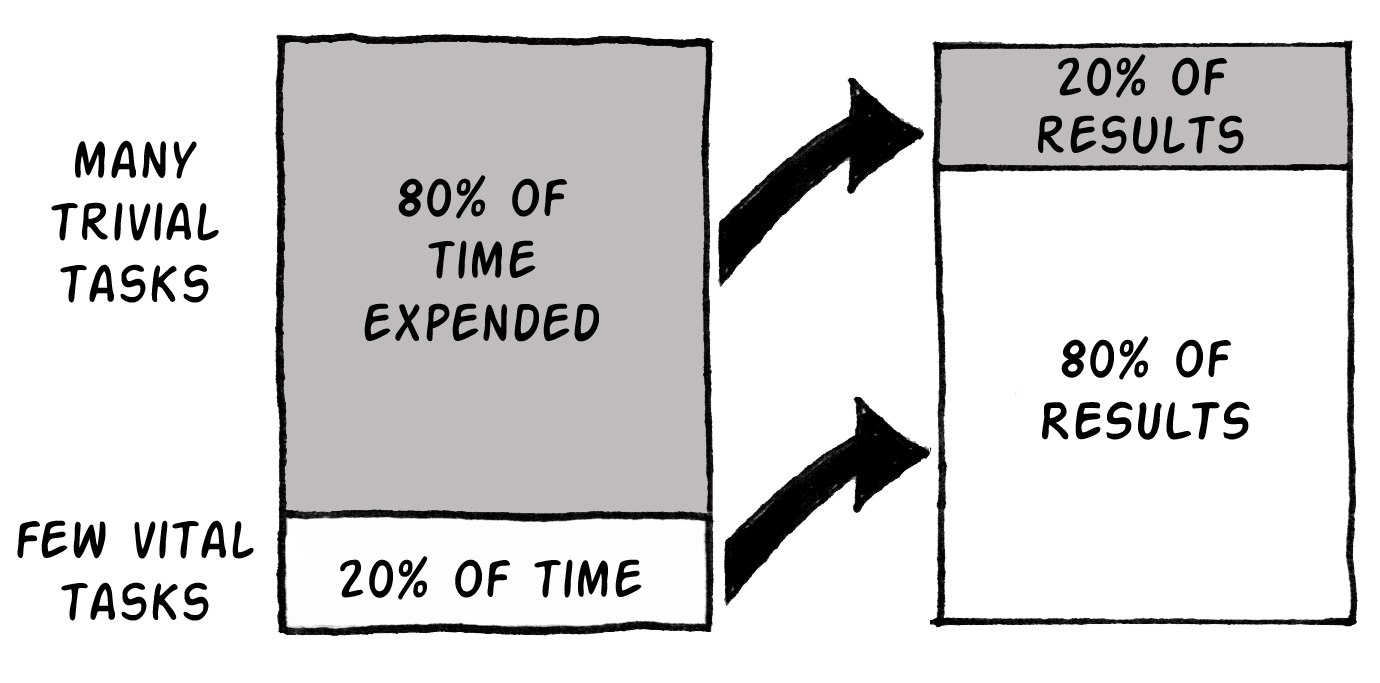
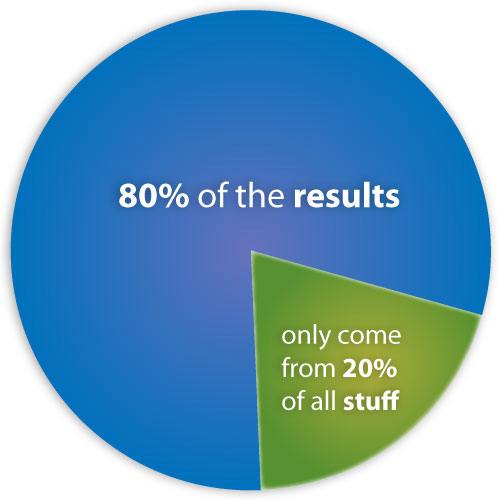

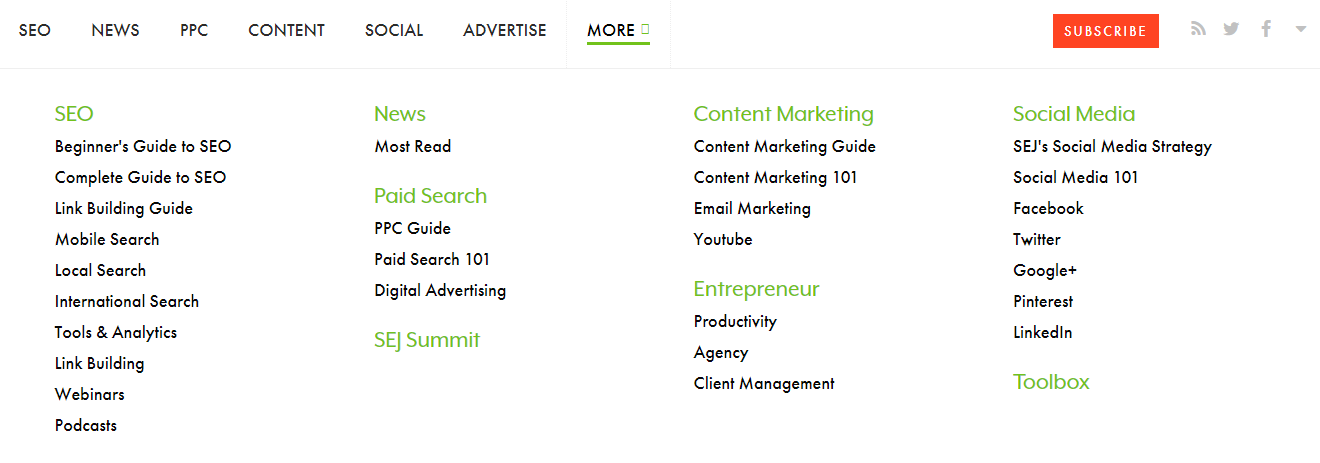


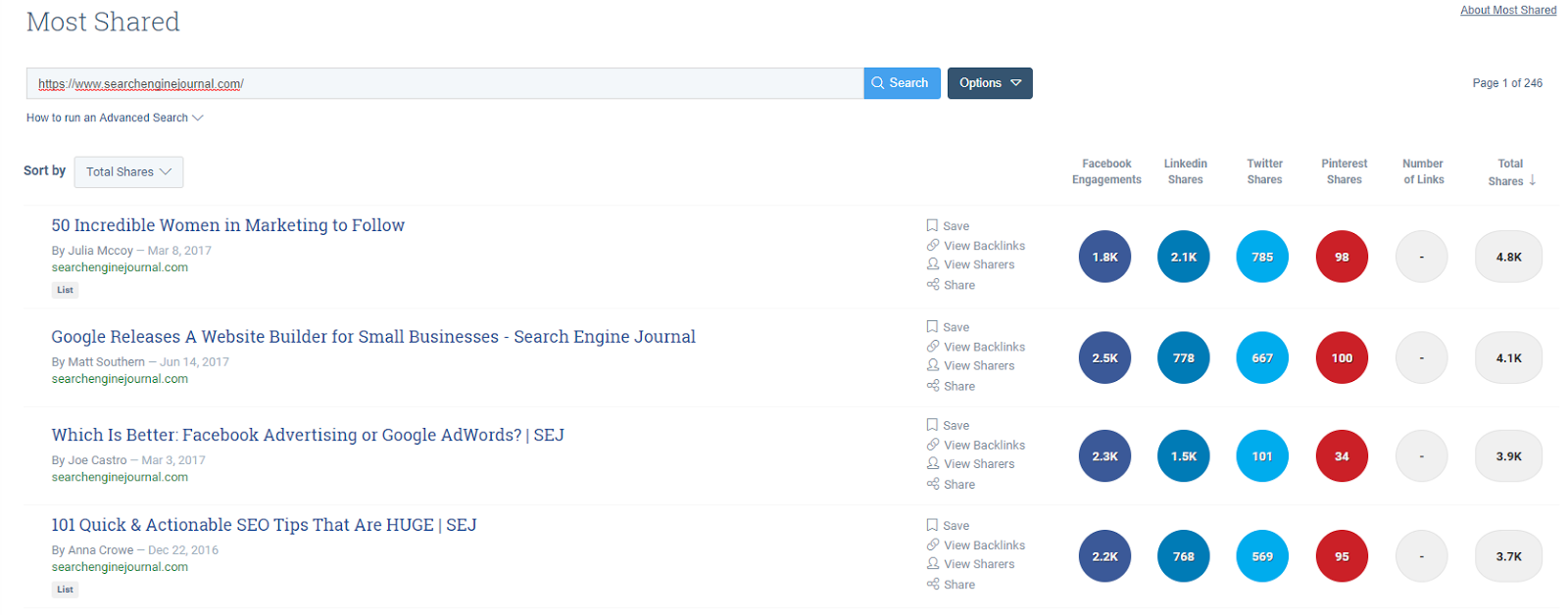

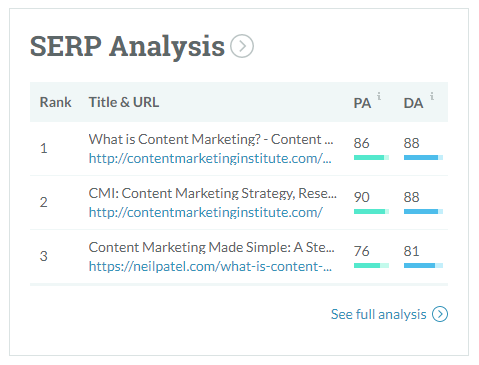


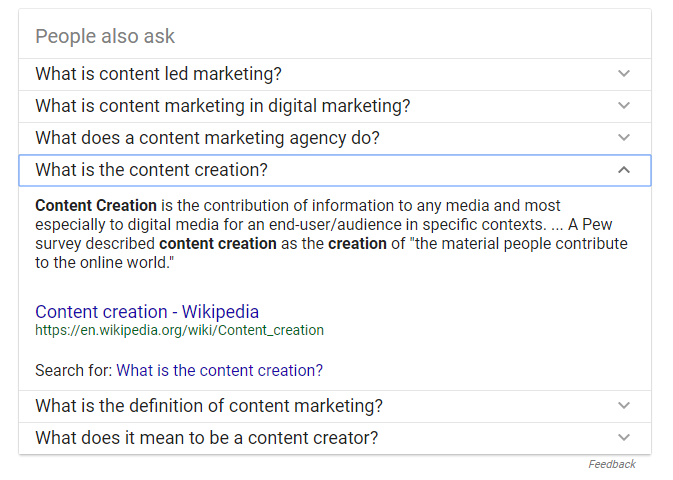
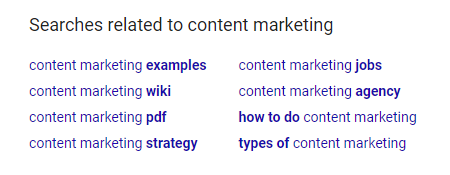

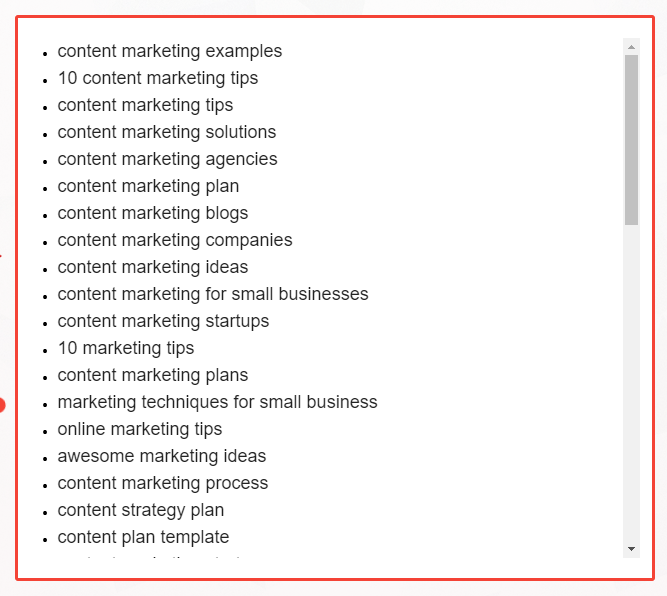
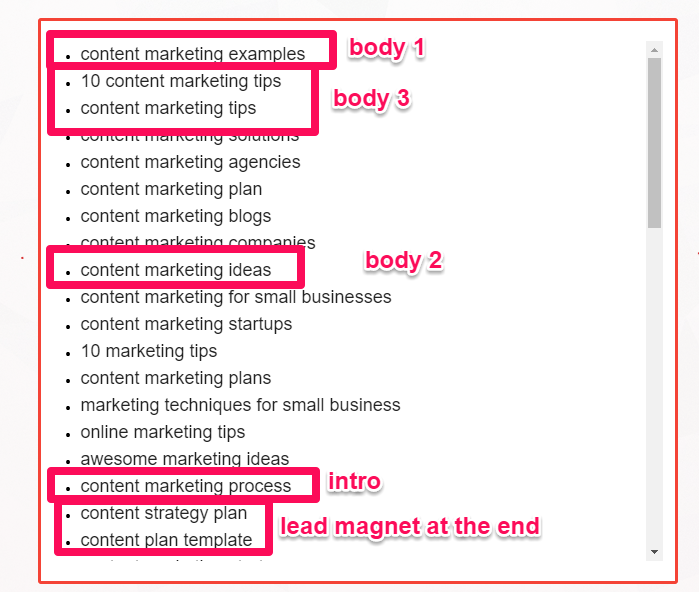
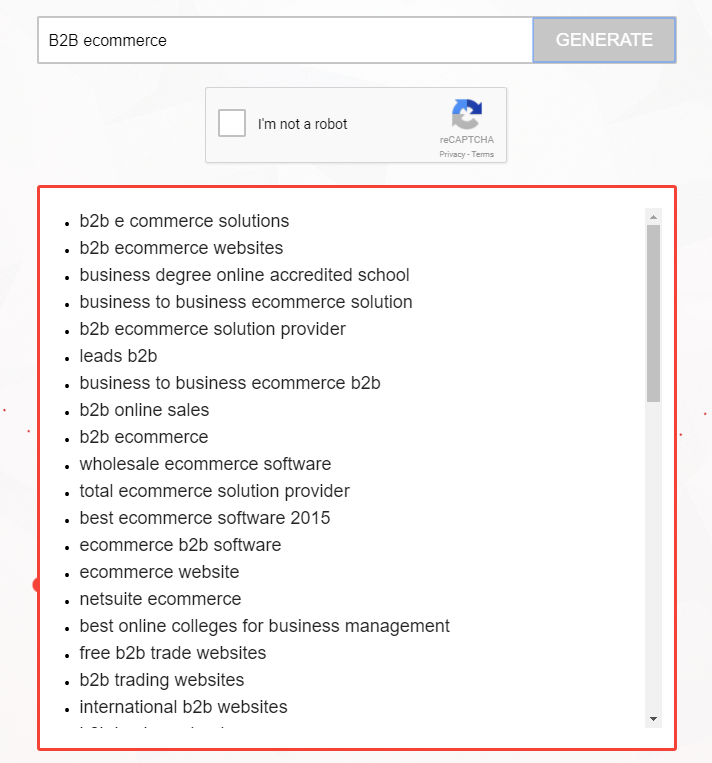
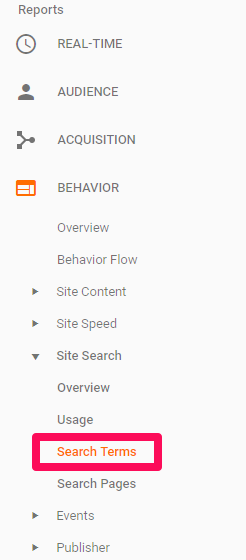


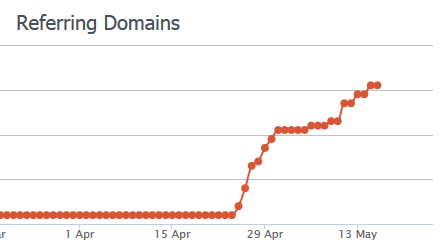
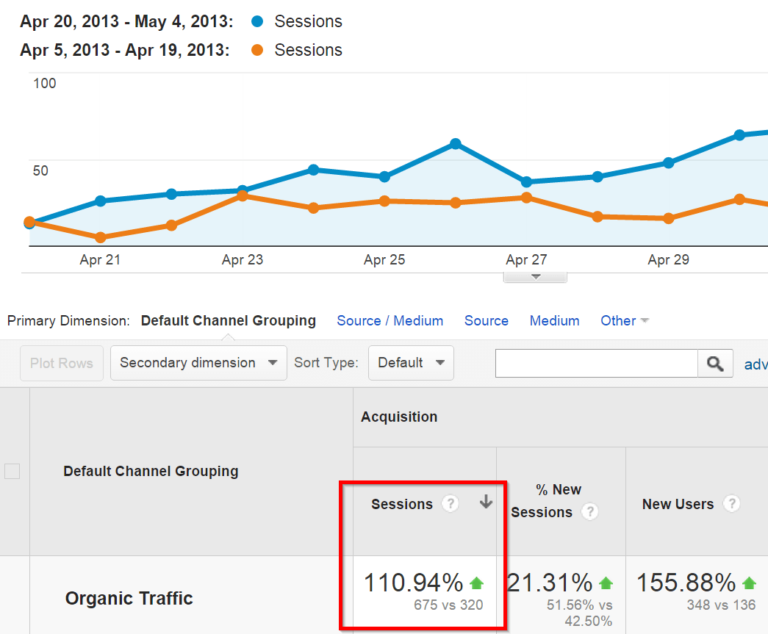
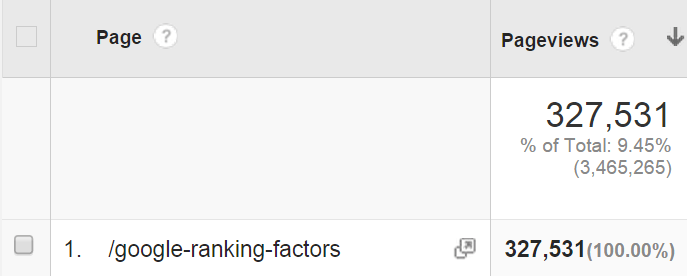
Comments (20)